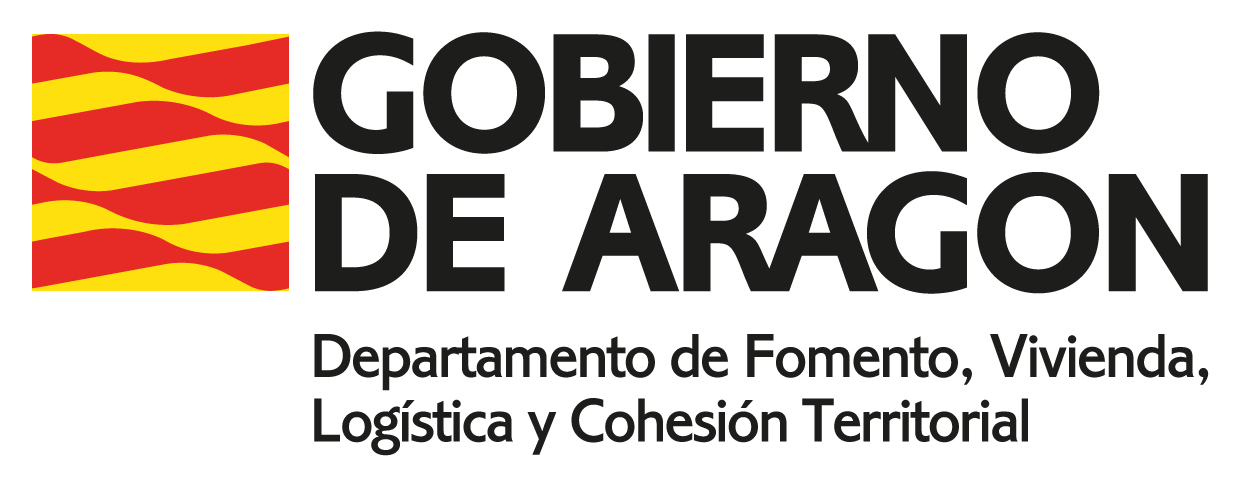Companies are able to calculate their global carbon footprint from logistics operations by using readily available estimation tools. Nevertheless, in order to implement significant management strategies for reducing CO2 emissions, a more detailed analysis is required. The Zaragoza Logistics Center (ZLC) is a research centre in cooperation with a multinational business group INCLAM (Madrid), and has developed a tool that provides detailed information about the carbon footprint from logistics processes using technology that is easy for users to view.
This tool was developed within the framework of a research project over a period of 18 months called "Logipro-Control" ("Optimisation of energy, environmental and economic management in logistics processes") financed by the Aragon Regional Government. The work was a continuation of a previous project called "CO2Logistics" which was completed at the end of October 2016.
Goods transport is a complex activity in which a large number of variables need to be considered. The principal aim of "Logipro-Control" was to create a tool which would allow businesses to be able to "dissect" their logistics operations and calculate the CO2 emissions for each component in the process. With this information, companies could then decide the best way to reduce CO2 emissions according to their business objectives.
During the research project, work was carried out with the global logistics carrier DHL Supply Chain to test and validate the software tool. The company had already completed an in-depth analysis of its carbon footprint, and these results were compared with the estimates created by the new tool.
The detailed analysis of each process provides decision-makers with the information they need to develop effective strategies to reduce CO2 emissions.
Let us consider, for example, an operation in which a fleet of contracted trucks takes part, and the company's own vehicles. In this case, we can calculate the emissions levels based on parameters such as fuel consumption of each vehicle used, the cost of fuel and the consumption of electricity at the loading and offloading facilities. We can also simulate different scenarios to determine the most profitable measures to reduce the carbon footprint.
Changing load configurations can be an option. In this case, based on standard data integrated in the software automatically applied, users simply select different vehicle types and load capacities, and the relevant emissions factors. This was one of the analyses carried out in conjunction with DHL Supply Chain. The analysis confirmed that CO2 emission levels for empty trucks at controlled temperatures are significantly higher than for full vehicles, at proportional rates.
The key to reduce the carbon footprint of the logistics industry is to develop a method for standard measurement which will permit estimating emissions and which can be used at worldwide scale. The tool for the market developed in the "Logipro-Control" project is an intermediate step in this direction. The software is easy to adopt and implement, and can be adapted to any standard framework to calculate CO2 emissions levels.
Susana Val
Associate Research Professor
Zaragoza Logistics Center


